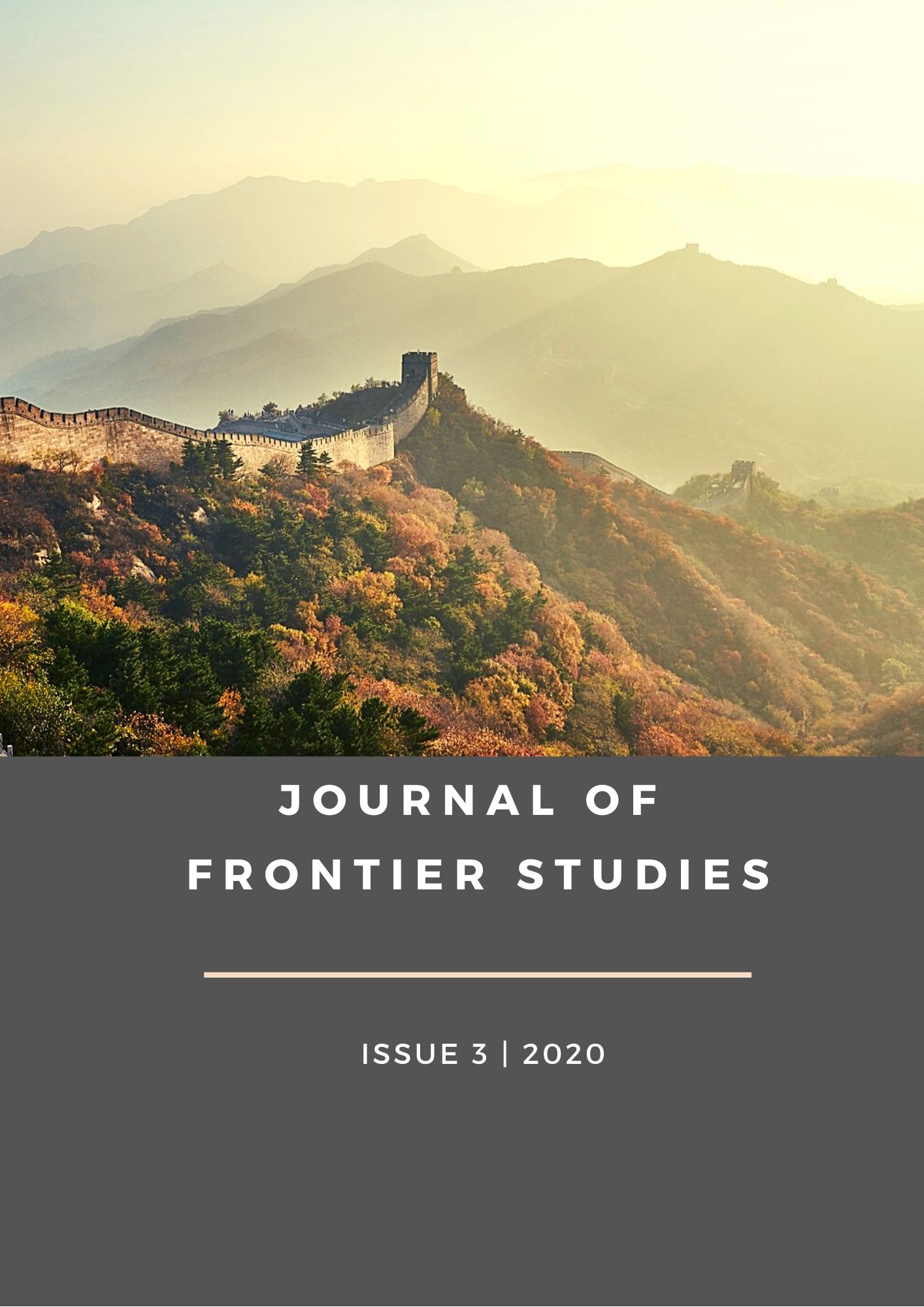Abstract
Because of a fierce battle among crown princes of the Huns, the great Hunnic Empire was divided into two parts in 53 BC, when two brother, Huhanye [呼韓邪] and Zhizhi [郅支] fought for the throne of the Huns. The southern part led by Huhanye was submitted to the Han-dynasty. The northern part remained independent for a while, while the southern part, under the guidance of Huhanye Shanyu, concluded an agreement with the Han dynasty. The Huns received a wide ranging autonomy inside the Chinese Empire. A new situation emerged when the Han Empire weakened, from the second half of the 2nd century onward, and, instead of the elected emperors, eunuchs, and later on several warlords, who served the Han dynasty, acquired the main power, took control over certain territories of the former Han dynasty, and gradually created independent kingdoms. The Southern Huns were not able to achieve their independence from the Chinese Empire, because the great warlord Cao Cao [曹操] occupied a big part of the Empire, which contained the territory of the Huns. Right that period [3rd century CE], one significant portion of the Huns – the Beidi Huns – lived in the eastern part of Yellow River, today Shanxi province. The Jin shu chronicle [an official Chinese historical text covering the history of the Jin dynasty from 265 to 420] includes a summary account of their life and short history. I present some important details of that account.
References
Batjargal (2016a). Хан улсын бичиг. Хүннүгийн шастир. 94. (Batjargal, Trans.) Соёмбо, Улаанбаатар. (Han shu. History of the Huns. 94.). (In Mongolian)
Batjargal (2016b). Хожуу Хан улсын бичиг. 89. Өмнөд Хүннүгийн намтар. Соёмбо, Улаанбаатар. (Batjargal, Trans.) (Hou Han shu. History of the Southern Huns. 89.). (In Mongolian)
Batjargal (2017). Жин улсын бичиг. 97. Бейди Хүннүгийн намтар. (Batjargal, Trans.) Соёмбо, Улаанбаатар. (Jin shu 97. History of the four foreigners. Beidi Huns). (In Mongolian)
Boodberg, P. (author) & Cohen A. P. (ed.). (1979). Selected Works of Peter A. Boodberg. Berkeley: University of California Press. (In Mongolian)
Chronica Pictum (1976). Hungarian Chronicle with pictures. (Bellus, Trans). Budapest: Európa Könyvkiadó,.
Crespigny, R. (2006). Some Notes on the Western Regions in Later Han. Journal of Asian History, 40(1), 1-30.
Crespigny, R. (2010). Imperial warlords. A Biogrraphy of Cao Cao. (155-220 AD). Leiden-Boston: Sinica Leidensia..
Csongor, B. (1993). Kínai források az ázsiai avarokról [Chinese sources on the Avars of Asia]. Történelem és kultúra [History and culture], (9). (In Hungarian)
Grousset, R. (1970). The Empire of the Steppes. A History of Central Asia. Translated from the French by Naomi Walford. Rutgers University Press, New Jersey.
Hyun, J. K. (2015). The Huns. Peoples of the Ancient World. Routledge. London
Iishjamts, N. (1994). Nomads in Eastern Central Asia. In Jano Harmatta (Eds.). History of Civilization of Central Asia Vol. II. (pp. 151-171). Paris: Unesco Publishing.
Lee, Ch.- Linhu Zh. (2011). Xiongnu Population History in Relation to China, Manchuria, and the Western Regions. In Ursula Brosseder, Bryan K. Miller (Eds.), Xiongnu Archaeology. Xiongnu Archaeology Multidisciplinary Perspectives of the First Steppe Empire in Inner Asia (pp. 193-201). Vor- und Frühgeschichtliche Archäologie Rheinische Friedrich-Wilhelms-Universität Bonn.
Liu, Sh. (2001).Ethnicity and the Suppression of Buddhism in Fifth-Century China: The Background and Significance of the Gaowu Rebellion. Bulletin of the Institute of history and philology. Academia Sinica, 72(2), 1-48.
Luo, G. (1999). The Three Kingdoms. A Historical Novel. (Moss R. Trans.) Berkeley: University of California.
Ma, L. Q. (2004). Yuan xiong-nu, xiong nu. Nei Meng guo Da Xue, Huhehaote
Marks, R. (2011). China: An Environmental History. Rowman & Littlefield Publishers.
Obrusánszky, B. (2016). Attila, Európa ura. Barót: Tortoma Kiadó,
Pritsak, O. (1954). Die 24 Ta-ch’en zur Geschichte des Verwaltungsaufbaus der Hsiung-nu Reiche. In: Oriens Extremus, Jg. I, H. 2, 178-202.
Sneath, D. (2007). The Headless State. Aristocratic Orders, Kinship, Society and Misrepresentation of Nomadic Inner Asia. Columbia University Press. New York.
Turbat, Ts. (2013). Encyclopaedia Xiongnu. Institute of Archaeology. Mongolian Academy of Sciences, Ulaanbaatar
Twitchett- Loewe (1995). The Cambridge History of Ancient China: From the Origins of Civilization to 221 BC. 3rd edition. Cambridge University Press. Cambridge.
Uchralt (2015). Hunnu helniy sudlal. Jikom. Ulaanbaatar.
Xiong, V. C. (2009). Historical Dictionary of Medieval China. The Scarecrow Press. Lanham, Maryland, Plymouth
Watson, B. (1961). Records of the Grand Historian of China. Translated from the Shih-chi of Ssu-ma-Chien. New York-London, I-II.

This work is licensed under a Creative Commons Attribution 4.0 International License.

